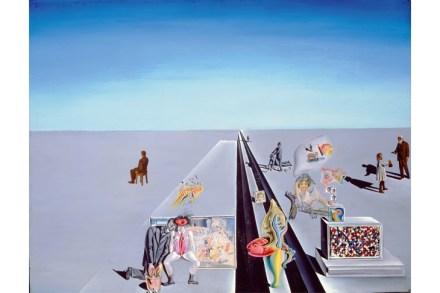Being and nothingness | 15 March 2018
René Magritte was fond of jokes. There are several in René Magritte (Or: The Rule of Metaphor), a small but choice exhibition at Luxembourg & Dayan, 2 Savile Row W1 (until 12 May), that includes numerous variations, accomplished and disturbing, on similar ideas to his famous ‘Ceci n’est pas une pipe’ painting. ‘L’usage de la





















